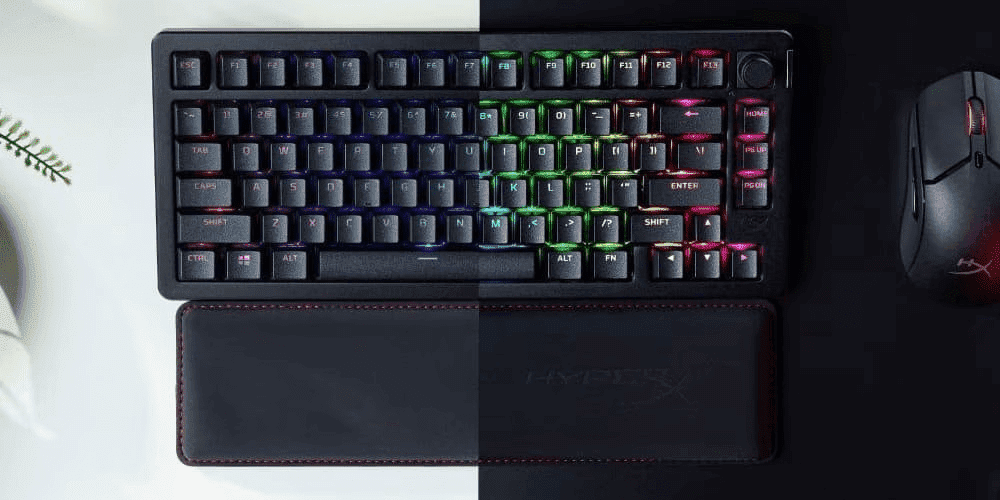Thank you for visiting the AUSTRALIA HP Store
-
Contact Us
CONTACT USCall us
- Sales
- 1300 540 516
- Technical support
- 13 23 47
Exc. public holidays
Chat with us- Our specialist are here to help
- Live Product Demo
- Sales
- 61288061500 (WhatsApp)
-

- Post Sales
- 61288061700(WhatsApp)
Exc. public holidays
Live product demo
Submit feedback We value your opinion! - My Account
What is USB-C?


For years, many have wondered if there would ever be a single, universal port that would work with a variety of devices. Over the past few decades, the ways we’ve stored and transferred data has changed greatly, from floppy disks to flash drives.
However, the latest iteration of USB ports, the USB-C™, has a number of features that indicate that it could solve this problem by working with several types of systems.
Here are some reasons why you may want to consider looking into a USB-C connector for your devices beyond more traditional computer cables and connectors.
Where did USB-C come from?
USB-C (also known as USB Type C) was developed as a better way for devices to share information and connect to various types of hardware.
In the past, tech companies worked toward creating a port that could work together with competing operating systems.
For example, PCs commonly relied on the tradition USB connector, while Apple touted its Lightning and MagSafe connectors as the future.
Both types of connectors failed to catch on with each other’s systems. However, many companies have recently decided to work together and use USB-C as the industry standard, including Apple.
What is the difference between a USB-C and a traditional USB connector?
A USB-C connector looks very similar to the standard USB, and it can be easy to confuse the two if you don’t know better.
Take a closer look and you can see that a USB-C is slightly more of an oval shape. Also, unlike a regular USB connector, it doesn’t have an up or down orientation. In that way, it is actually more like Apple’s Lightning and MagSafe connectors.
USB-C also has the same type of connectors on both ends of the cable. This means that you can use it with any device that also uses USB-C without worrying about whether it will fit or not.
If you have older ports, such as USB 3.0 or USB 3.1, you will need an USB-C adapter to use a USB-C cable. Newer PCs may include them as part of a bundle, and Apple offers different options to connect with its MagSafe and Lightning ports. In addition, HP® offers many USB cable and port options.
What can I use USB-C for?
USB-C connector really shines in the way it transmits video signals from one device to another. You can use it to transfer any file type like a traditional USB connector, but the quality of video and audio is far superior. You also get high speed data transfers with USB-C.
While it hasn’t replaced a traditional headphone jack just yet, USB-C can take the place of the traditional HDMI cable. And in doing so, it provides higher quality video and a simpler way to connect devices.
Keep in mind that not all USB-C connectors offer the same delivery depending on the PC. If you’re planning to use an adapter with an older computer, you may run into some issues. Also, you may not immediately need to upgrade your system in order to accommodate a USB-C, but it’s likely that you will have to in the future.
As devices become more and more cross-platform, both PC and Mac users will benefit from USB-C.
- Sales
- 1300 540 516
- Technical support
- 13 23 47
Exc. public holidays
- Our specialist are here to help
- Live Product Demo
- Sales
- 61288061500 (WhatsApp)
-

- Post Sales
- 61288061700(WhatsApp)
Exc. public holidays
Live product demo








